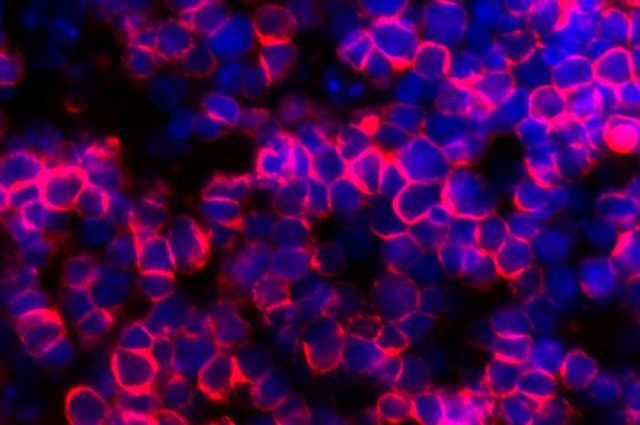Apr 10, 2017
Old generations should step down in favour of the new ones
Posted by Nicola Bagalà in categories: existential risks, life extension
Dismantling the idea that older generations should ‘step down’ for younger ones.
Humans are really pros at sugarcoating. If you say old people should step down for the sake of new generations, it sounds so noble and rightful, doesn’t it? What it actually means, though, is ‘We value old people less than new ones,’ and this doesn’t sound very noble or rightful. This is plain and brutal survival of the species.
Continue reading “Old generations should step down in favour of the new ones” »

















